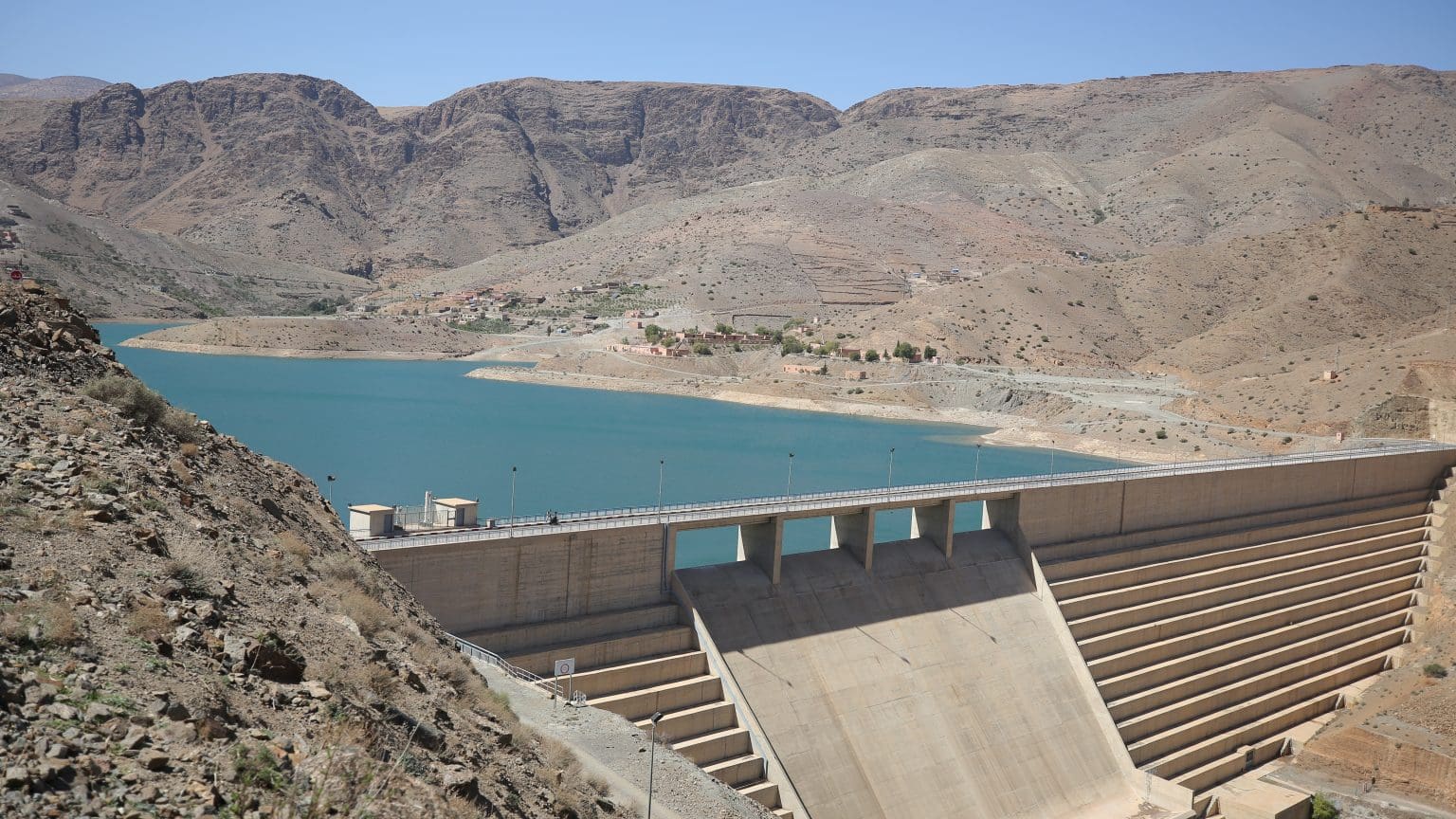Water storage in Moroccan dams for agricultural use reached 4.16 Bln m3 up to May 31, compared with 4.22 Bln m3 in the same period last season, with a fill rate of 30%, Minister of Agriculture, Fisheries, Water and Forests, Mohamed Sadiki, said on Tuesday.
Speaking at the House of Representatives’ question time, Sadiki pointed out that the average rainfall, to date, has reached 237 ml, the same level as the least season, and 33% down compared to the average rainfall for the last three decades (355 ml).
The minister noted that rainfall in March had “a very positive impact” on the planting of spring harvests, notably chickpeas, maize, sunflowers, dried beans and vegetables.
He added that the overall area planted with spring crops has reached around 144,000 hectares, i.e. 89% of the planned target (161,000 hectares).
By the end of May, the spring vegetable program covered 57,000 hectares, or 83% of the projected program, the minister underlined, stressing that output will meet consumption demands for the summer season.
In terms of cultivated varieties, onions represent the main variety with around 15,540 hectares, followed by potatoes (8,807 hectares) and tomatoes (4,308 hectares), said the minister, who believes that “the vegetative state of spring crops is currently satisfactory.”
The minister recalled that since July 2023, the government has taken a series of exceptional measures to alleviate farmers’ difficulties and cover 10 Bln MAD in production costs.
He added that 4 Bln MAD has been allocated to subsidize nitrogen fertilizers, with 1.47 Mln quintals (49% of the program) benefiting 84,000 beneficiaries, in addition to continuing to grant aid for laboratory analysis of soil, water and plants.
Noting that tomato, potato, and onion seeds and seedlings were subsidized between 50% and 70% of the purchase price, Sadiki said that the cultivated area is divided between potatoes (60%), onions (33%) and tomatoes (7%).


